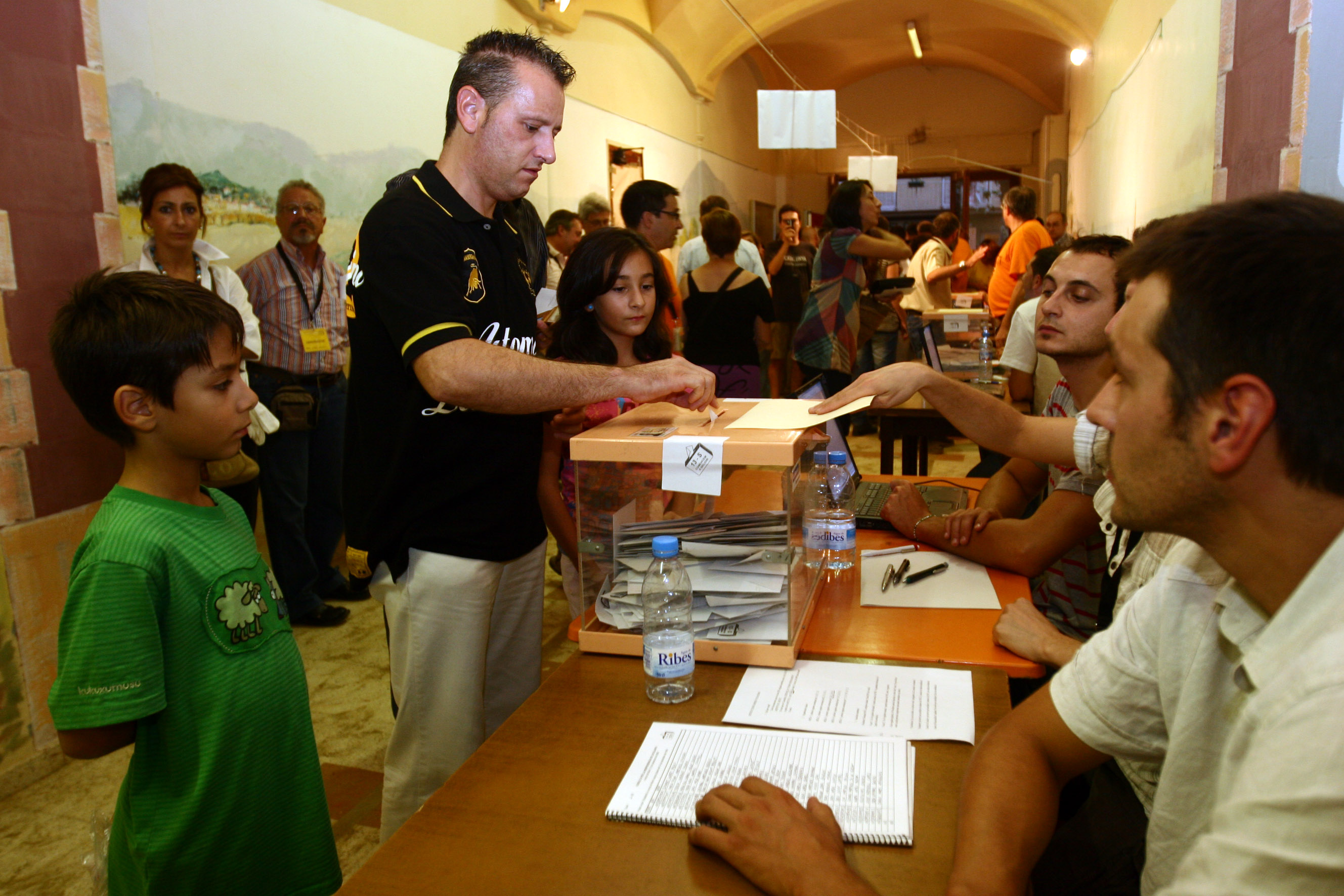Where it all started: 10 years since Arenys independence vote
Small town held non-binding poll sparking next decade’s push to vote on independence

On September 13, 2009, residents of the small town of Arenys de Munt, an hour north of Barcelona, were asked to express their opinion on the following question: Do you agree with Catalonia becoming an independent, democratic and social state of law, integrated in the European Union?
In 2009, Catalonia seemed nowhere close to the independence push of the following decade. With only 23 out of 135 MPs in favor of a Catalan republic (there are now 70), the focus of the debate was completely different: how to get Spain to transfer a bigger share of the money collected through taxes. Meanwhile, the country was waiting for Spain's Constitutional Court to rule on an enhanced law on self-rule (Statute of Autonomy).
Although the Arenys vote organizers did not know at that time, the event, which took place in a town with a modest population of 8,000, arguably marked the beginning of the next decade’s push for independence, with many other towns following suit. This push famously peaked in October 2017 with the highly controversial referendum for which the jailed pro-independence leaders are awaiting sentencing that is expected to be announced by the Supreme Court before mid-October.
Organizers of the 2009 vote in Arenys de Munt feared that they would not be able to carry it out – the town council was not allowed to back it – and far-right protesters came from other parts of Spain to show their discontent, some even threatening to cause trouble. Despite these concerns, the organizers were able to carry on and their plans went ahead with few incidents.
One of these organizers, Ramon Pujol, a member of pro-independence Esquerra Republicana who now works for the local council, spoke to the Catalan News Agency about the significant event that occurred ten years prior.
“Days before we were a bit scared because, with the arrival of far-right protesters, people were worried and hoped nothing bad would happen,” Pujol recounts.
Journalists from all over the world
Contrary to initial expectations, the Arenys de Munt independence poll caught the press’ attention, and journalists from all over the world came to the small town to cover the event as it unfolded, as did many curious onlookers who simply wanted to witness what was happening.
“Nobody thought the cameras would come. And of course, people like Reuters came, or people from Italy and France and we thought, how could there be so many journalists here?” Pujol explains fondly.
41% turnout
All residents over the age of 16, regardless of origin, were allowed to participate in the non-binding vote. 41% of those eligible ended up voting, of which 96% cast their ballots in favor of independence and 2.5% against it.
Pujol highlights the impact this event had in recent Catalan history as it set in motion a wave of non-binding independence polls: “On the same day, Argentona became interested in holding a vote, and other towns started to want to too. Even [former Spanish president] Zapatero spoke of Arenys de Munt, about how it was an outlier that would not happen again, but that turned out to not be the case.”
Other towns and cities that held similar votes include Sant Jaume de Frontanyà, Sabadell and even in Barcelona, where in 2011 more than 257,000 people – over a fifth of those on the Catalan capital’s electoral roll – cast their ballots.